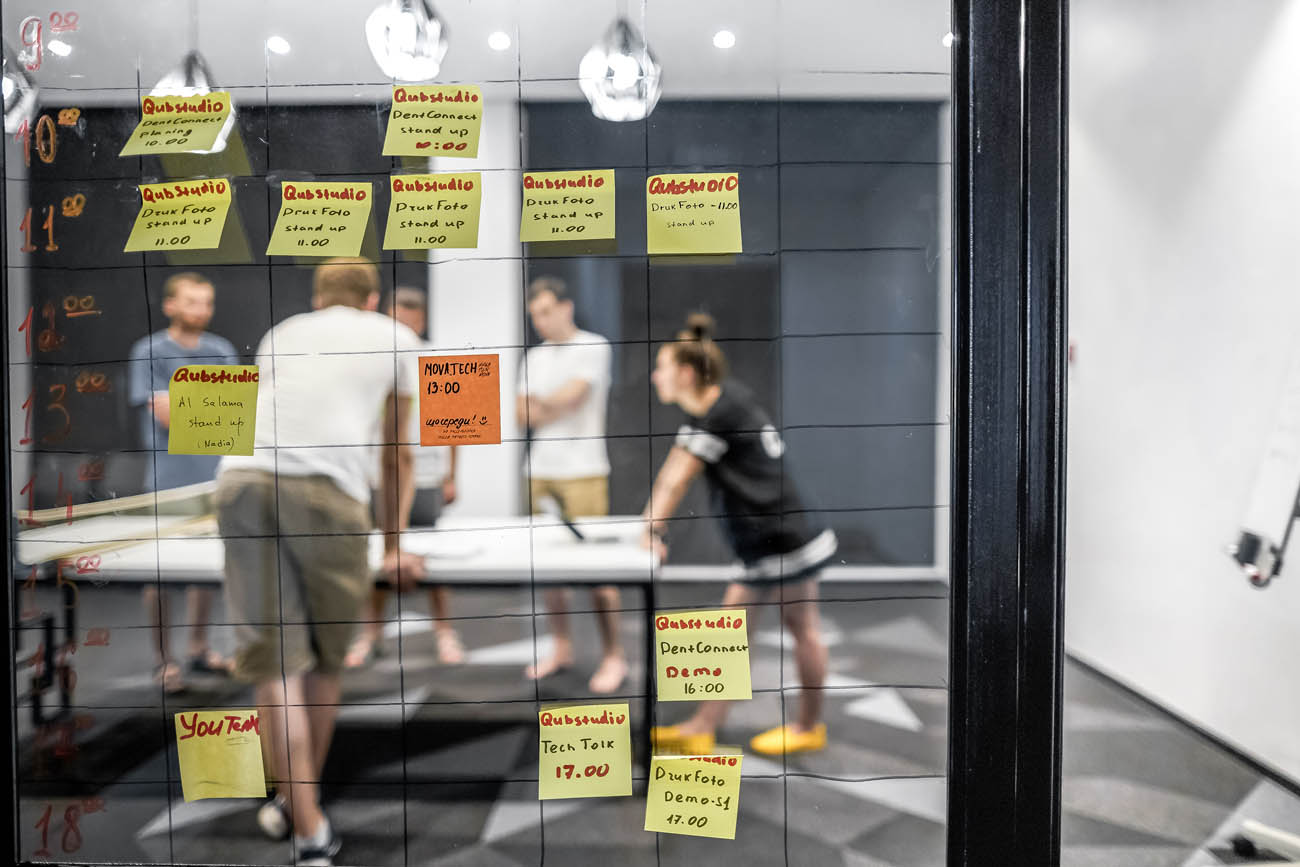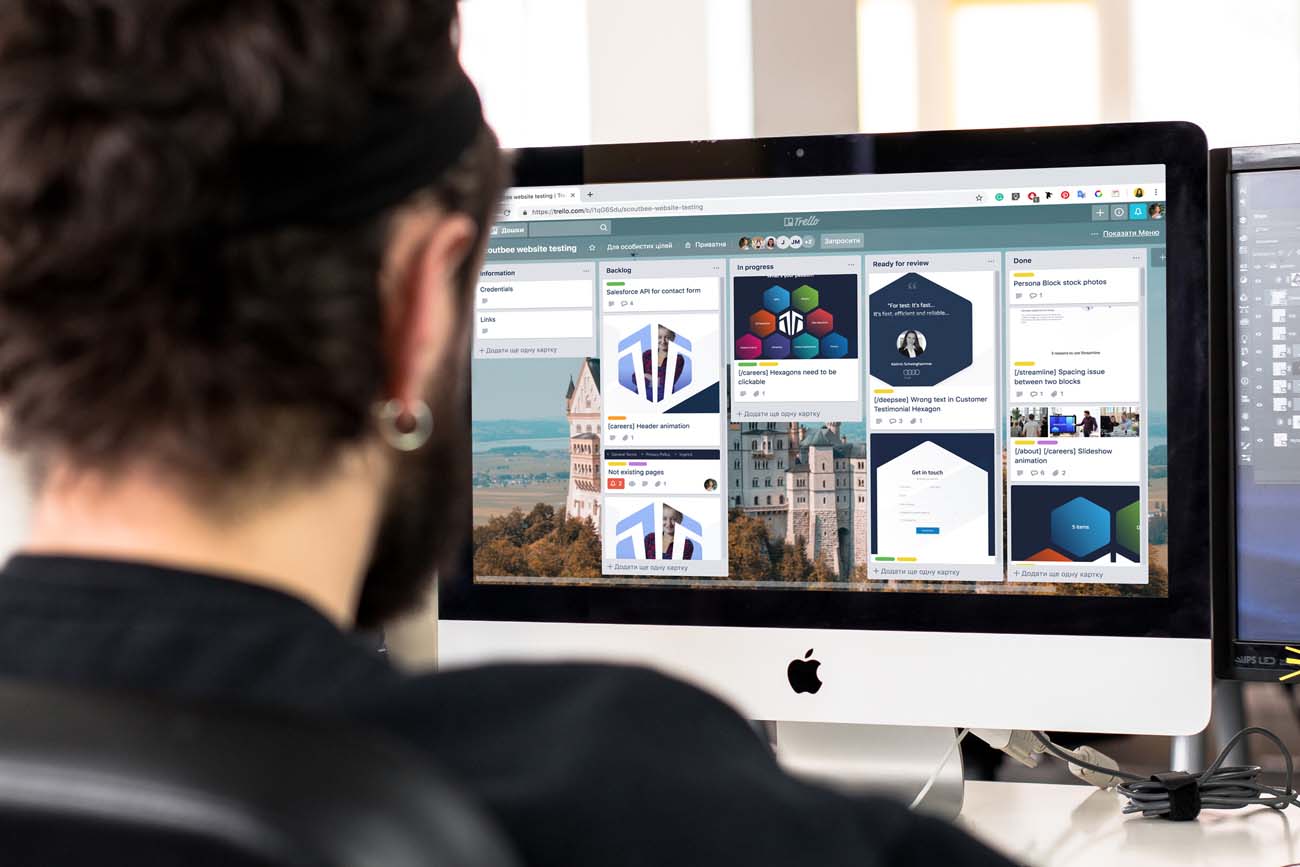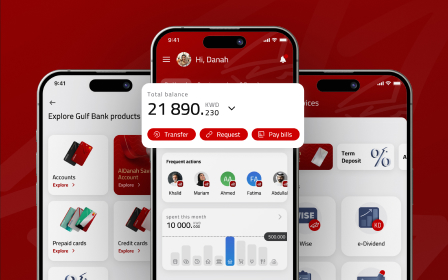How to effectively manage your design team: 3 do’s and 3 dont’s!

Everyone knows how important proper team management is. Although it can be a tough task, you can learn the main points to do to create the right atmosphere in the workplace and motivate all your workers in this article.
What Makes a Great Design Team?
A great UX/UI design company is not only people who do their job efficiently but also those who are constantly driven by what they do. They remain passionate about it and inspire each other to achieve success.
These people always find ways to express their thoughts and have open discussions, which lead everyone in the right direction. It’s important to gather incredible, creative employees when you think of how to manage a design team properly.
How to Manage a Design Team
Managing a design team can be tricky, but you can learn to do so well. Designers should clearly understand how they’re expected to perform, what the guidelines are and whom they can consult in case any issue arises.
In addition, providing the employees with an effective and challenging workplace helps express creativity and improve their vision of the project. Set goals, reward for accomplishments, be open to them and ready to react to be an inspiring manager.
How to Evaluate the Effectiveness of Management?
Checking how the staff performs tasks and sticks to deadlines is a good way of evaluating the effectiveness of management. In addition, pay attention to the team’s progress as well as gather and provide feedback regularly to make sure they are productive.
Team management is effective when designers feel comfortable at the workplace, open to communication and have goals to pursue, along with challenges to overcome. The presence of all these are the great signs of remarkable management.

Setting Up Management Processes
Evaluating available financial and human resources is the first step to setting up the management processes: you need to have a clear vision of the project’s plan. Afterward, provide everyone with detailed information, expectations and recommendations on how the outcome has to look like.
3 Do’s and 3 Dont’s of Design Team Management
Here are the key rules on what to do and avoid in design team project management.
3 Do’s
The three most important tips for managing a design team are knowing the drivers of motivation, being a good listener and trainer and providing a bit of independence.
1. Understand what drives the team
In design team management, motivation is what ensures progress. When you figure out what your subordinates strive for, provide them with beneficial opportunities for growth and reward. When your designers have enough inspiration and a clear vision of where to move, they are eager to cooperate and follow your leadership to generate results.
2. Listen and train
Make sure everybody is interested in and know what they do. Not only this includes dividing the workload properly but also listening to the designers’ suggestions or complains about the working process. In turn, providing training to those who need it is also vital to help them grow. Use different styles of training like group training, individual training, and self-education. This kind of management helps gain big success by making small changes.
3. Balance freedom with control
Designers always look for sources of creativity and try them out so support fresh ideas, experiments and changes. You may interfere at any time, but the best way is to give them the freedom to take new approaches to task completion while setting timeframes and goals. The combination of independence and guidance boost creativity and inspiration in the design team.
3 Dont’s
To avoid bad design team management, don’t panic, distance yourself from subordinates or simplify the tasks.
1. Don’t panic
You and your subordinates may encounter obstacles and go through tough times, but don’t allow them to affect you. Your overreaction may demotivate employees. Staying calm in any situation and teaching designers the same helps you move forward.
2. Don’t be unreachable
It can be hard to meet everyone’s needs but remember to be responsive and supportive of your team. Whether they see you as a good friend, diplomat or adviser, they feel safe and secure to have someone to discuss their both work-related and personal issues.
3. Don’t make the job simple
A good challenge creates an atmosphere where people discover their new skills and strengths or identify areas to improve. So make sure your subordinates have something to work hard on to become more competent and eager to grow.
Project Management in Your Team
Establishing good communication and making the workplace comfortable and inspiring encourages people to try out their skills and show imagination. In the long run, these make your project management skills better and increase the level of your staff’s productivity.
In addition, helping people develop a sense of belonging benefits project progress incredibly. They feel confident in their skills and can fulfill the potential. At the same time, be ready to assist when the need occurs and turn on that micromanagement to avoid delays in project delivery.
How to Put the Tasks to the Team Correctly
To complete the project on time, set a list of small but clear tasks and deadlines for the employees. Make a project presentation to help determine details and clarify any misinterpretation. Providing illustrative examples can help subordinates understand the tasks better and inspire new ideas.

Project Management Tools Which Can Help You
Take into account various management methodologies and select the most suitable for the company. For example, the agile approach focuses on relationships within the team to generate the maximum value neglecting the budget and business needs. Scrum methodology, as a branch of the agile philosophy, solely guides software projects.
There’s also Kanban, which is the opposite to the agile approach: managers focus on timeframes, schedules and project plans to deliver. Consider what’s best for you and choose the right methodology.
How Can Design Teams Be Improved?
Among the ways to manage a design team, forming a strong spirit is a must. Similarly, provide diversity in the workload since working on the same things over and over blocks creativity. Working overtime usually reduces the eagerness to continue performing planned tasks as well, so don’t let your subordinates work too much.
Spending time as a group outside the office is a great way to improve relations and build trust. Semi-formal relationship within a group contributes to open communication and minimizes the chances of misinterpretation.
How Do You Motivate a Design Team?
Besides creating a friendly and supportive workplace, you have to provide rewards for their accomplishments to keep motivation high. A reward system allows employees to feel valued and appreciated. Eventually, they get motivated and stay productive to get more bonus, tangible or intangible.
Also, constructive criticism helps workers reconsider what they’ve done right and what still needs to be improved. Being open but not judgmental is vital when providing feedback. You should ask the subordinates to criticize you to let them know that their opinions matter and improve your cooperation.
Coaching
Being a good manager also means being a good coach, which implies teaching and cooperating with someone while not making the person feel inferior to you. With design team roles, this means helping designers to practice and learn on their own and being ready to step in when they need your advice without any punishment.
In this case, the role you have in the team matters: project managers have to do the management in the first place, such as monitoring the progress, planning and dividing the budget properly. Team leads, in turn, are more people-oriented and manage the talent pool in the project in the first place. So understand the role you have in the team and perform the tasks you have to be the best coach.
Conclusion
To be good at management, you should be attentive to the group’s needs, responsive and supportive. Although it can be a hard task, it’s so rewarding to see how far they’ve come. Working together, giving mutual support and finding balance in the workload are the things that make designers perform well.



